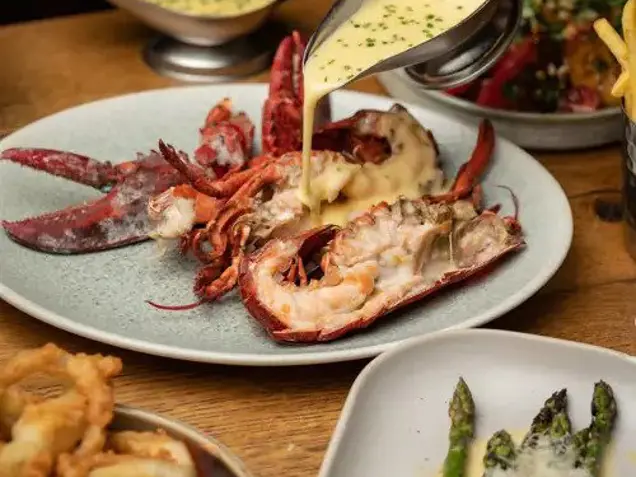
How To Cook Lobster at Home: Tips and Tricks from Our Chefs!
Learn the tips and tricks from our chefs on how to cook the perfect lobster from the comfort of your own home.
Your cart is empty.
Continue ShoppingHot off the press

Learn the tips and tricks from our chefs on how to cook the perfect lobster from the comfort of your own home.
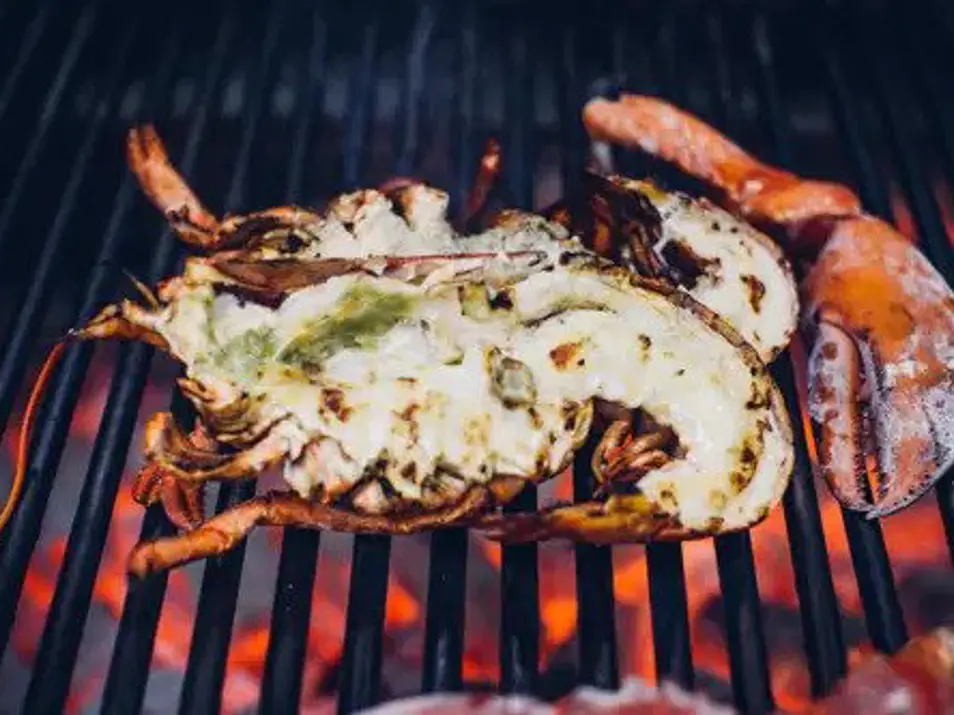
Our Shellfish Linguine is a favourite among staff and diners. While we can’t share all our secrets, enjoy a lobster pasta recipe inspired by our restaurant.

Find out more about the best hotels in Soho. Then pop in for your Burger & Lobster fix whilst you’re in the area.

Find out more about our restaurants near the Chrysler Building in New York. Our Bryant Park restaurant is just around the corner from the busy station.

Find out more about our restaurants near Garment District in New York. Our restaurant is just around the corner from the busy attraction.

Find out more about our restaurant near the Diamond District in New York. Our Bryant Park restaurant is a short walk from the attraction.

Find out more about our restaurants near Green Park in London. Our Mayfair restaurant is just around the corner from the famous park.

Find out more about restaurants near Tottenham Court Road in London. Our Burger & Lobster Soho is just around the corner from the busy attraction.

Find out more about the best hotels near Bond Street. Then pop in for your Burger & Lobster fix whilst you’re in the area.

Looking for hotels near Trafalgar Square? Stay close and enjoy a visit to Burger & Lobster for delicious lobster, juicy burgers, and creative cocktails in a vibrant setting.

Discover the best hotels near Westminster Abbey, perfect for your London stay. Explore top accommodations just steps from iconic landmarks—ideal for sightseeing before indulging in a delicious meal at Burger & Lobster.

Discover our new restaurant in Brighton. Book a table today.
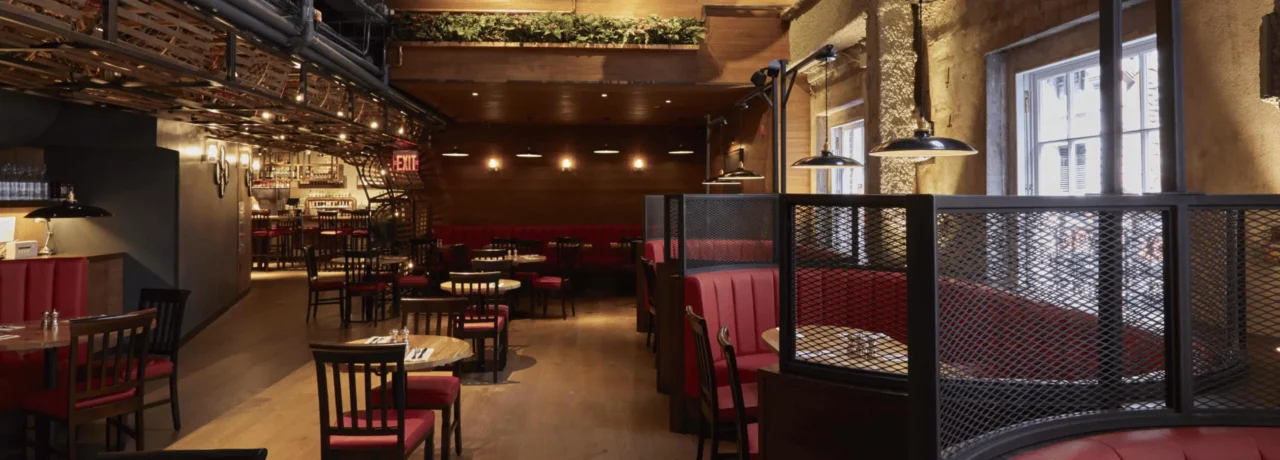
Looking for restaurants near Herald Square, NYC? Visit Burger & Lobster for the finest surf and turf, succulent lobster and juicy burgers in a lively setting.

Discover the best restaurants near Sloane Street, perfect for a stylish dining experience. Whether you’re shopping or exploring Chelsea, enjoy indulgent surf and turf at Burger & Lobster just moments away.

Looking for the best restaurants near Sondheim Theatre? Discover top dining spots just moments away, perfect for a pre-show meal or post-theatre feast—including the delicious surf and turf at Burger & Lobster.

Looking for restaurants near Hanover Square? Head to Burger & Lobster for the best surf and turf, with delicious lobster and juicy burgers in a vibrant setting.

Looking for the best restaurants near Grand Central Terminal in NYC? Enjoy delicious surf and turf at Burger & Lobster, just moments away, perfect for a pre-train meal or a Midtown dining experience.

Find out more about the best hotels near Oxford Street. Then pop in for your Burger & Lobster fix whilst you’re in the area.

Looking for hotels near Hyde Park? Stay close and enjoy a visit to Burger & Lobster for delicious lobster, juicy burgers, and creative cocktails in a vibrant setting.

Looking for restaurants near Liberty London? Visit Burger & Lobster for delicious lobster, juicy burgers, and creative cocktails. Visit us today.
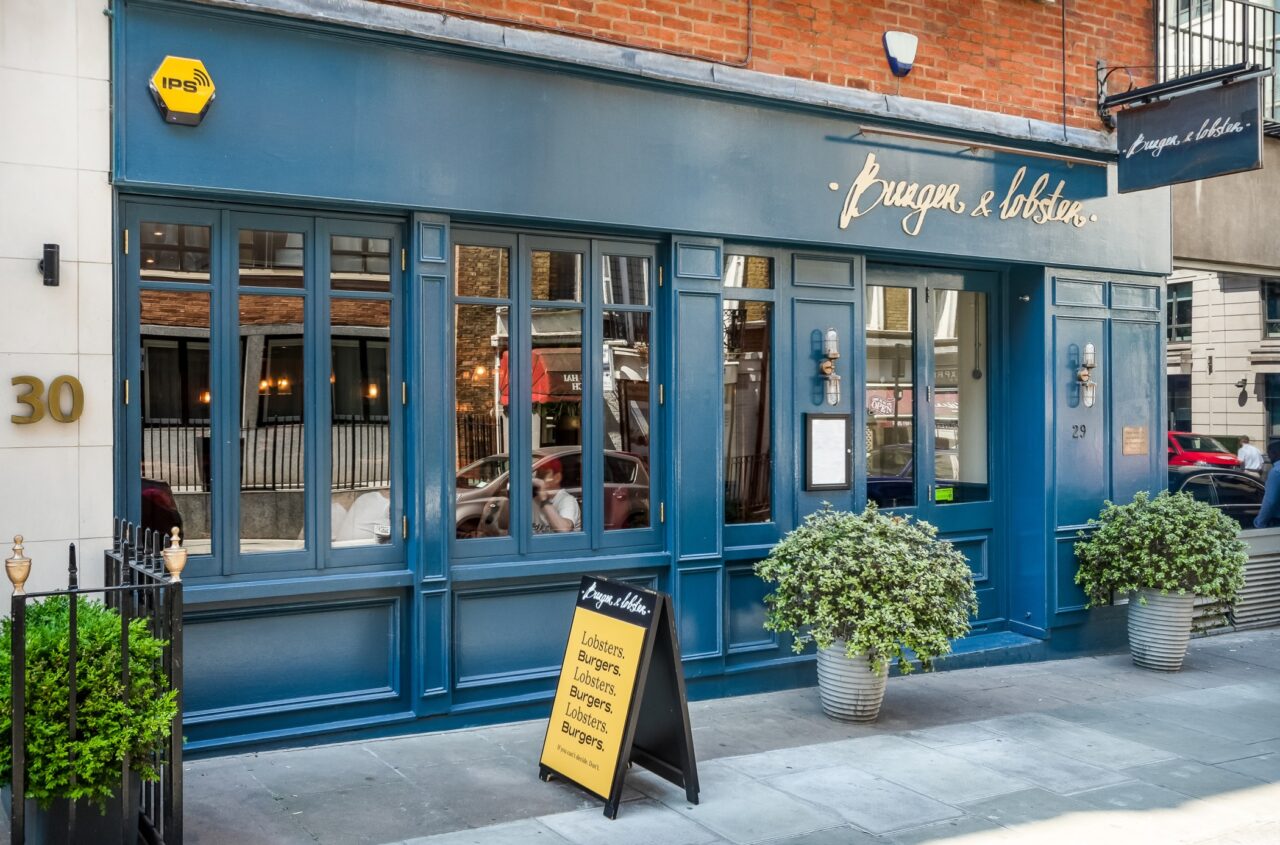
Find out more about our restaurants near The Ritz. Our Mayfairrestaurant is a short walk from The Ritz in London.

Find out more about our restaurants near Marble Arch. Our Bond Street restaurant is a short walk from Marble Arch in London.
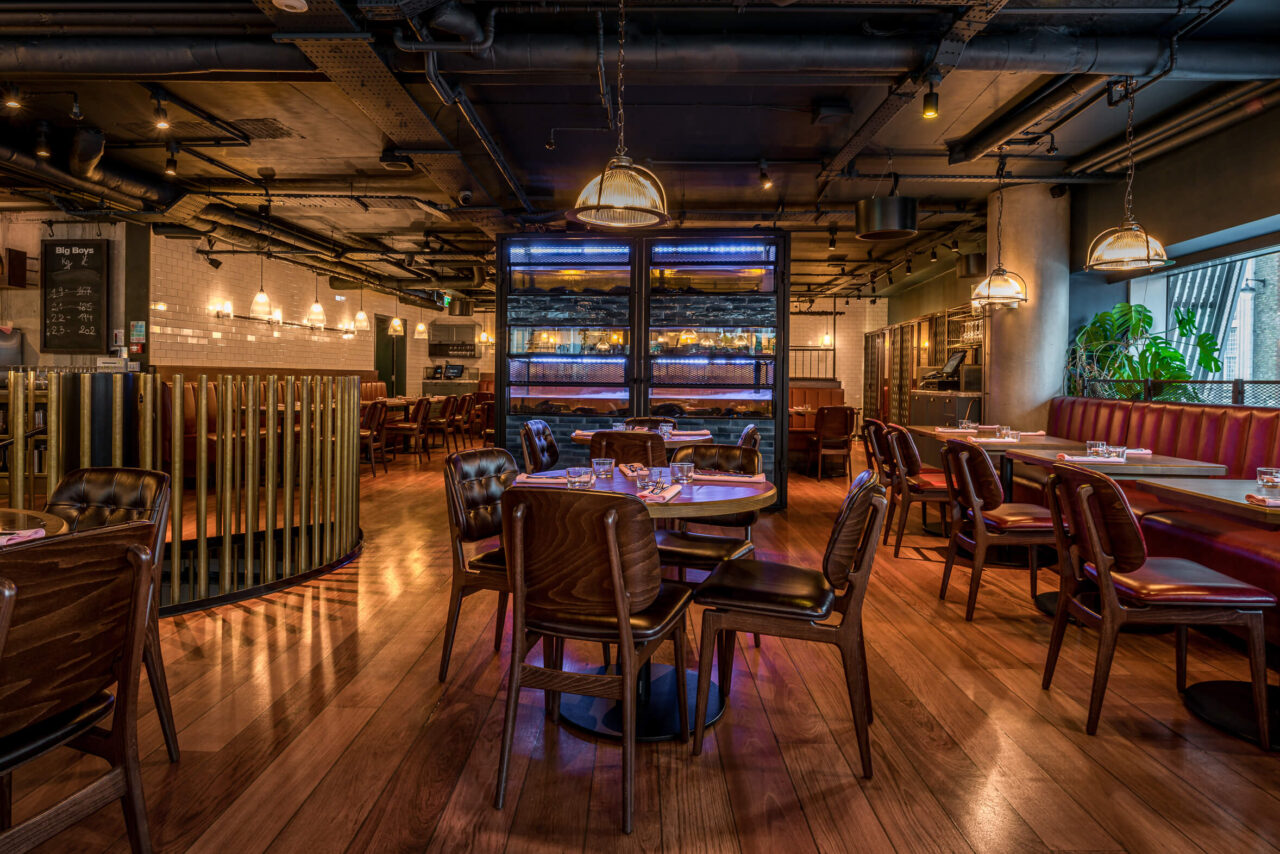
Find out more about our restaurants near Chinatown. Our Leicester Square restaurant is a short walk from Chinatown in London.

Find out more about our restaurants near Green Park Station. Our Mayfair restaurant is a short walk from Green Park Station.

Find out more about our restaurants near Mansion House Station. Our Bread Street restaurant is just around the corner from the attraction.

Find out more about our restaurants near Buckingham Palace in London. Our Mayfair restaurant is just around the corner from the busy attraction.

Find out more about our restaurants near Trafalgar Square in London. Our Leicester Square restaurant is just around the corner from the busy attraction.

Find out more about our restaurants near Hyde Park in London. Our Knightsbridge restaurant is just around the corner from the busy attraction.

Find out more about our restaurants near Russell Square in London. Our Soho restaurant is just around the corner from the busy attraction.

If you’re looking for the best restaurants near Victoria Station in London, look no further than Burger & Lobster.

Find out more about our restaurants near The British Museum in London. Our Soho restaurant is just around the corner from the busy attraction.

Find out more about our Bread Street restaurant near St Paul’s Cathedral in London. Our restaurant has large windows looking out to the cathedral.

Find out more about our restaurants near Piccadilly Circus in London. Our Leicester Square restaurant is just around the corner from the famous area.

Find out more about restaurants near Washington Square Park in New York. Our Burger & Lobster Bryant Park is just around the corner from the busy attraction.

Find out more about our restaurants near Charing Cross in London. Our Leicester Square restaurant is just around the corner from the famous area.

Find out more about our restaurants near Green Park in London. Our Mayfair restaurant is just around the corner from the famous park.

Find out more about our restaurants near Green Park in London. Our Mayfair restaurant is just around the corner from the famous park.

Just 8 minutes from Liverpool Street, Burger & Lobster on Bond Street offers fresh lobster and juicy burgers. With nine London locations.
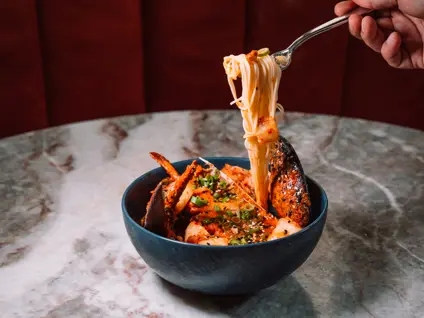
Find out more about restaurants near Restaurant near Marylebone in London. Our Burger & Lobster Raffles restaurant is just around the corner.

Find out more about restaurants near Marina Bay Sands in Singapore. Our Burger & Lobster Raffles restaurant is just around the corner.
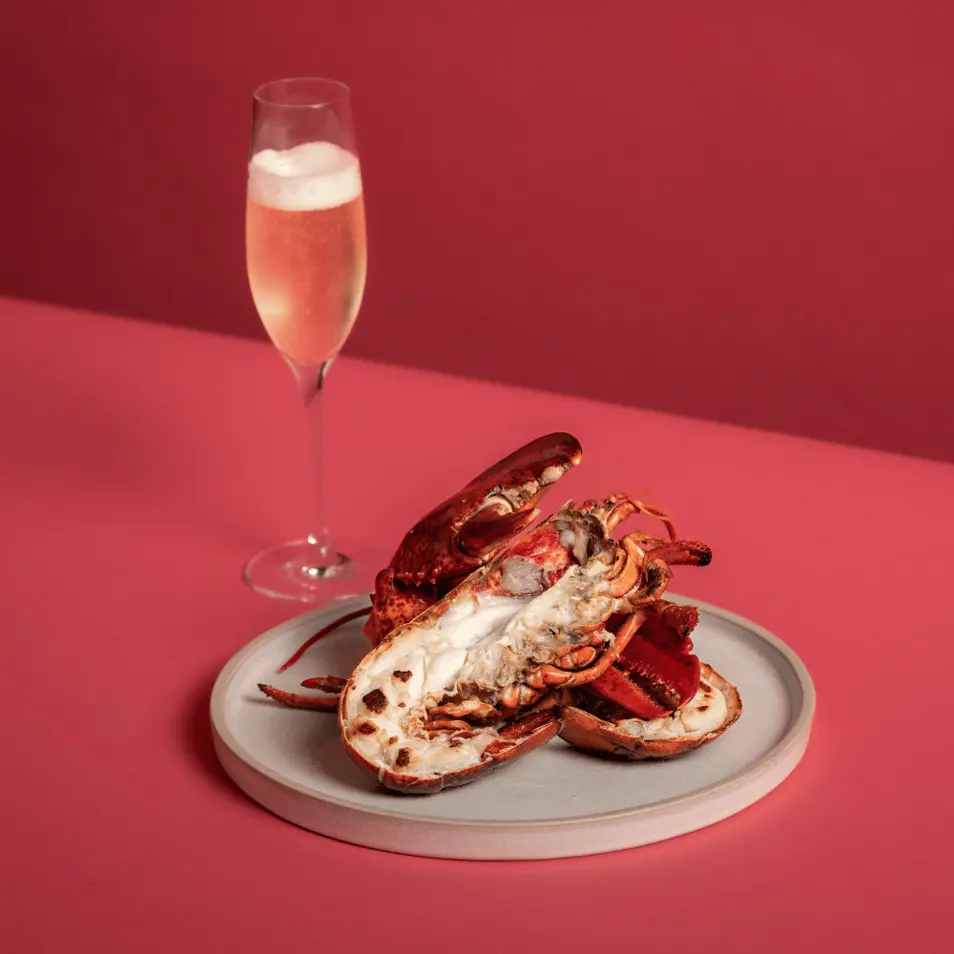
Even we’ll admit getting into a lobster is tricky business, but our how to eat lobster guide will help you eat and enjoy lobster. Find out more today.
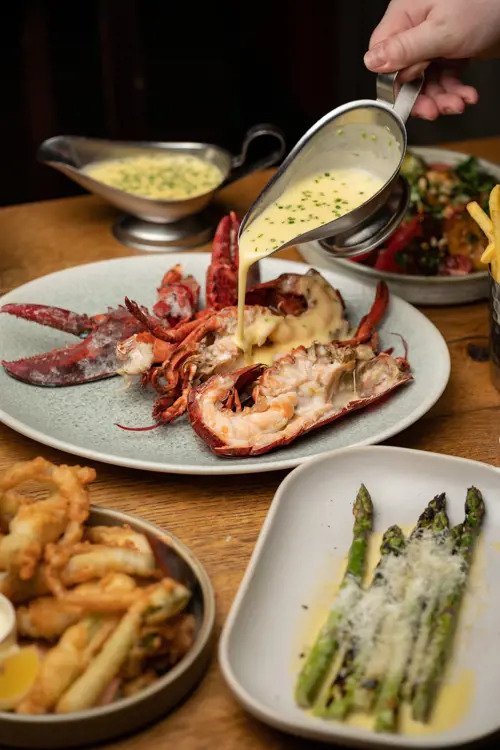
Learn the tips and tricks from our chefs on how to cook the perfect lobster from the comfort of your own home.

Explore Central Park, NYC’s iconic 843-acre oasis, and enjoy a delicious meal at Burger & Lobster, perfect for locals and visitors alike! Visit us today.

Discover the best things to do at Rockefeller Center in NYC. Explore iconic attractions, and dining options, including a delicious meal at Burger & Lobster.

Orchard Road in Singapore is a bustling shopping and entertainment hub that has earned its reputation as one of Asia’s premier retail destinations.

Discover the best things to do in Green Park, London. From scenic strolls to nearby attractions, explore this iconic area and enjoy delicious dining at Burger & Lobster.

In bustling Manhattan you’ll find Madison Square Park. Located between Fifth and Madison Avenues and 23rd and 26th Streets, this picturesque park is surrounded by iconic New York City landmarks and a bounty of eclectic neighbourhoods. Visitors to the park can enjoy its lush green spaces, historic sculptures, and the various seasonal events that make this park such a delight for all.

Discover the best things to do near Big Ben, London. From fun indoor attractions to outdoor days out – there is something for everyone to enjoy.

Discover the best things to do near Westminster Abbey, London. From fun indoor attractions to outdoor days out – there is something for everyone to enjoy.

Discover the best things to do near Buckingham Palace, London. From fun indoor attractions to outdoor days out – there is something for everyone to enjoy.
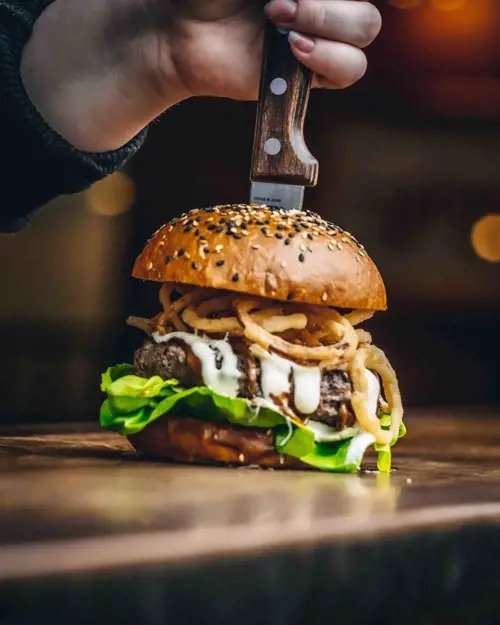
Burgers are perhaps one of the most iconic meals on the planet, and for good reason. At Burger & Lobster, we have some of the best burger around, so read on for our top 10 burger facts.
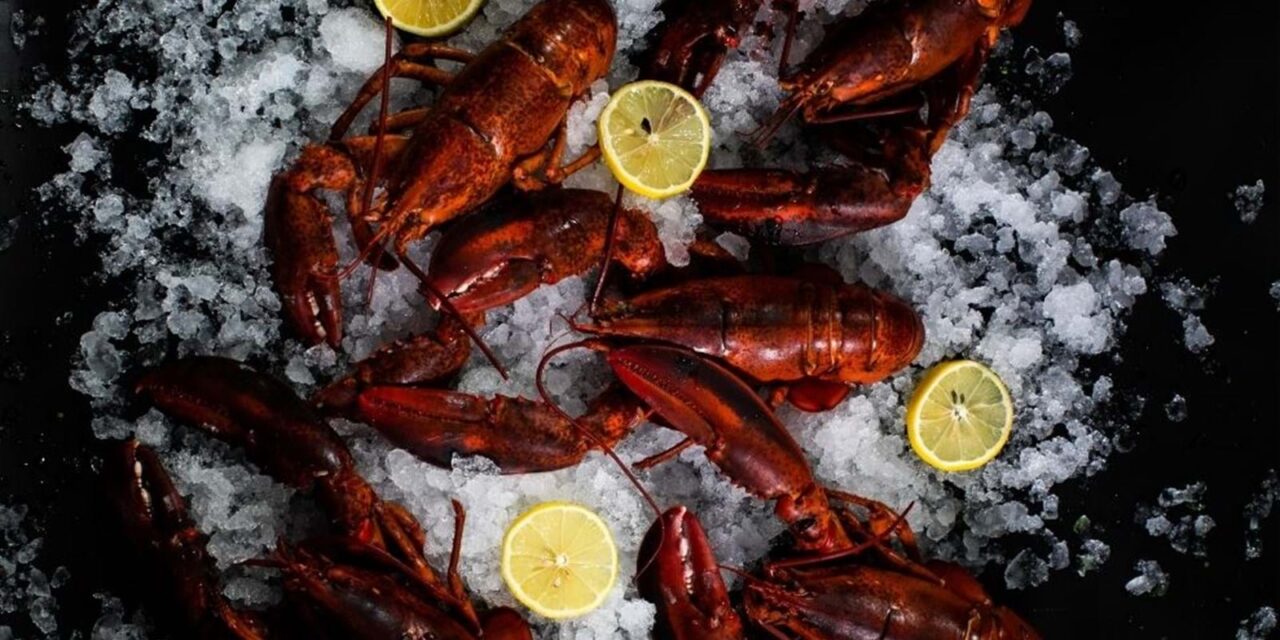
At Burger & Lobster, not only are we dedicated to providing incredible lobster dishes, but also celebrating the incredible ingredient it is! Read here for our facts on lobster.
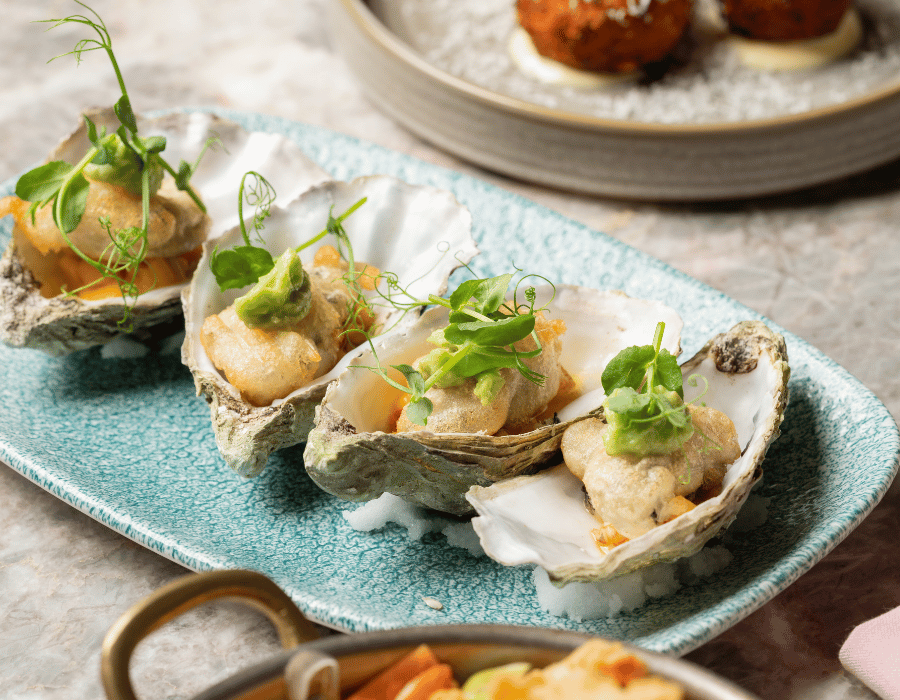
At Burger & Lobster, oysters are pride of place on the menu and are always served alongside Tabasco, fresh lemon and a zesty shallot vinaigrette.

Discover the best things to do on birthdays in Singapore. From fun indoor attractions to outdoor days out – there is something for everyone to enjoy.

Discover the best things to do in Soho, London. From fun indoor attractions to outdoor days out – there is something for everyone to enjoy.
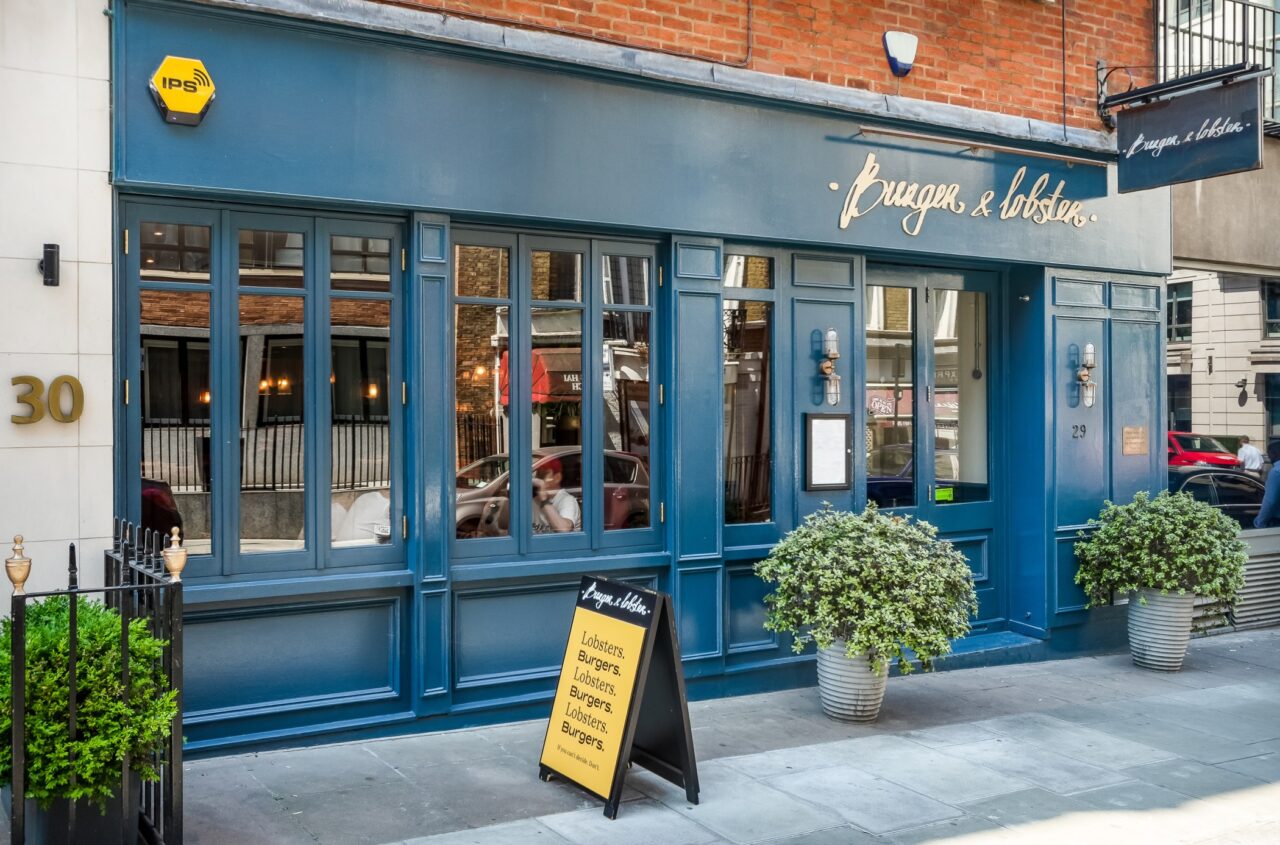
Discover the best things to do in Mayfair, London. From fun indoor attractions to outdoor days out – there is something for everyone to enjoy.

Discover the best things to do in Leicester Square, London. From fun indoor attractions to outdoor days out – there is something for everyone to enjoy.

If you’re looking for things to do around the Knightsbridge, look no further

If you’re looking for things to do around Canary Wharf, look no further
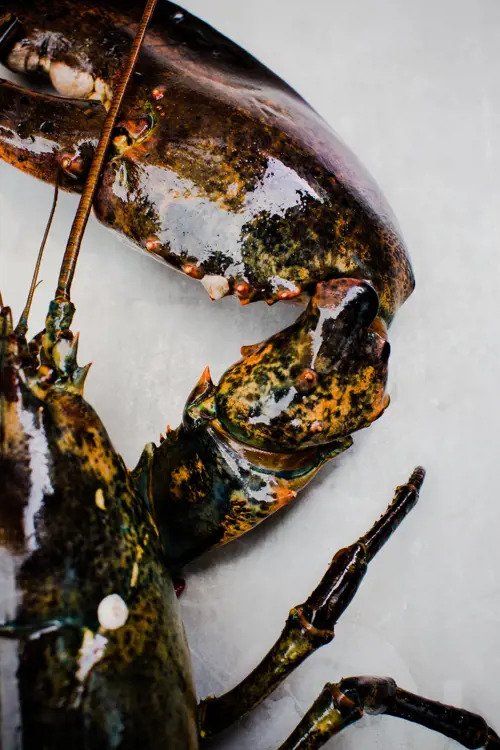
Learn about all of the different types of lobster that you can eat. If you are looking for a lobster restaurant, look no further than Burger & Lobster.
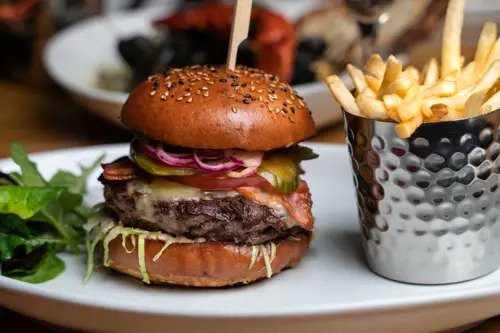
If you’re looking for the best restaurants near Westminster Abbey in London, look no further than Burger & Lobster
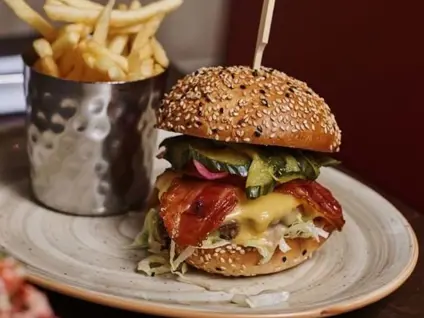
Toss the soggy ham sandwiches, get over your poxy lunchbox salad, there’s only one lunch you need in your life this New Year!

Find out more about our restaurants near Esplanade in Singapore. Our Raffles Hotel restaurant is just around the corner.
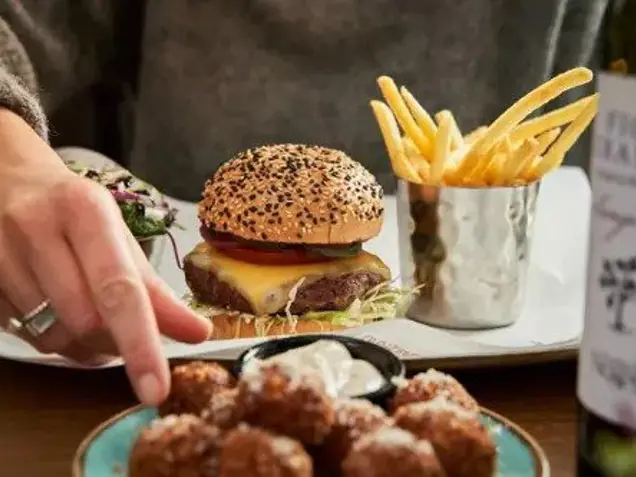
Find out more about our restaurants near Harrods. Our Mayfair restaurant is a short walk from Harrods in London.

After a day exploring London near Charing Cross, satisfy your appetite at Burger & Lobster Knightsbridge, just around the corner. Book online today.

Find out more about our restaurants near the St Patrick’s Cathedral in New York City. Our Bryant Park restaurant is just around the corner.

Find out more about our restaurants near the Empire State Building in New York City. Our Bryant Park restaurant is just around the corner from the busy station.

Discover the best things to do near Oxford Circus, London. From fun indoor attractions to outdoor days out – there is something for everyone to enjoy.

Once you’ve enjoyed a day out in London, enjoying the multitude of things to do near Marble Arch, you’ll certainly have worked up an appetite. Luckily, Burger & Lobster Bond Street is around the corner.
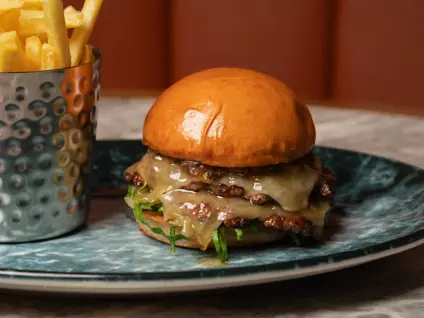
We’re going to equip you with the tips and tricks to elevate your homemade burger game, whether you’re cooking burgers in the oven, on a grill, or looking for recipe tips.
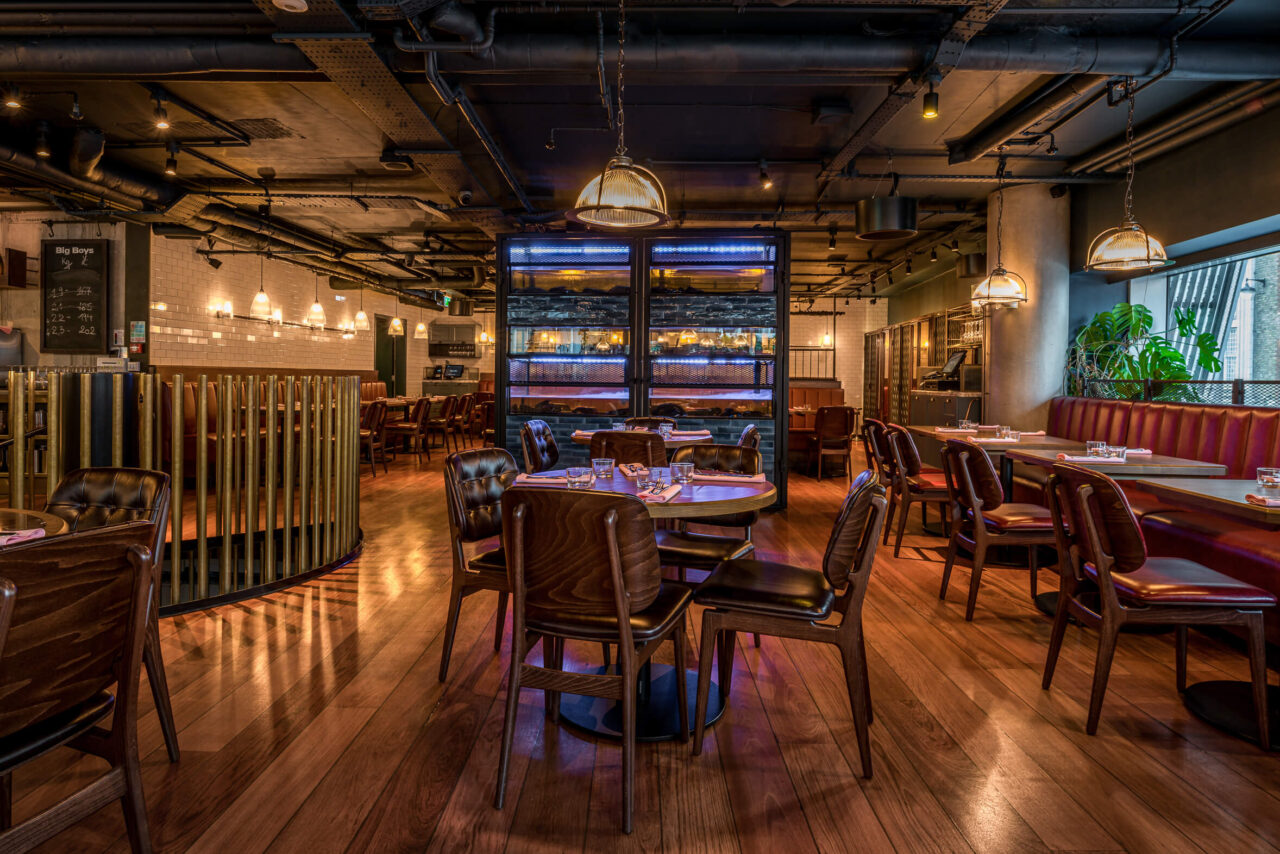
Discover Westminster Abbey, near the Houses of Parliament and Big Ben. Enjoy vibrant attractions and indulge in delicious dishes at Burger & Lobster nearby!
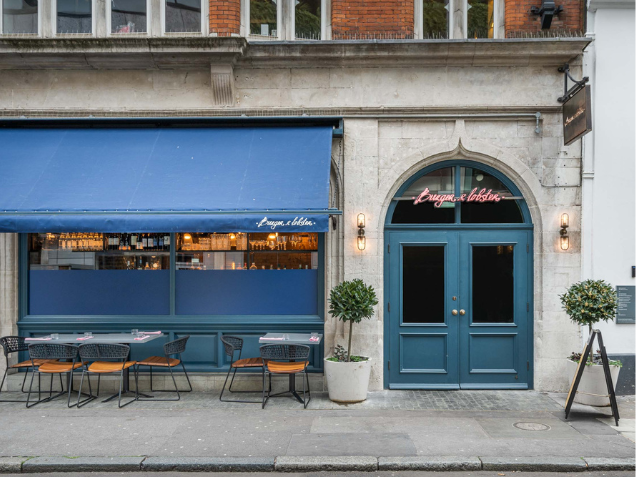
After a day exploring London near Charing Cross, satisfy your appetite at Burger & Lobster Bond Street, just around the corner. Book online today.

Once you’ve enjoyed a day out in London, enjoying the multitude of things to do near Charing Cross, you’ll certainly have worked up an appetite. Luckily, Burger & Lobster Bond Street is around the corner.

Find out more about our restaurants near Kensington Palace in London. Our Knightsbridge restaurant is just around the corner from the busy attraction.

Discover the best things to do in Piccadilly Circus. From fun indoor attractions to outdoor days out – there is something for everyone to enjoy.

From October 13 2022, the B&L Cointreau Crusher, the world’s first Cointreau-infused beer will be served exclusively at Burger & Lobster Jewel Changi, in collab with Brewlander and Cointreau.

Discover the best restaurant near Grosvenor Square. Visit Burger & Lobster for the best food around.

Discover the best restaurant near the Penn Station. Visit Burger & Lobster for the best food around.

Discover the best restaurant near the Palace Theatre. Visit Burger & Lobster for the best food around.

Discover the best restaurant near the Museum of Modern Art. Visit Burger & Lobster for the best food around.

Discover the best restaurant near Regent Street. Visit Burger & Lobster for the best food around.

Discover the best restaurant near Carnaby Street. Visit Burger & Lobster for the best food around.

Discover the best restaurant near Radio City Music Hall. Visit Burger & Lobster for the best food around.

Discover the best restaurant near the London Palladium. Visit Burger & Lobster for the best food around.

Discover the best restaurant near Barbican. Visit Burger & Lobster for the best food around.

Discover the best things to do near Rockerfeller Center From fun indoor attractions to outdoor days out – there is something for everyone to enjoy.
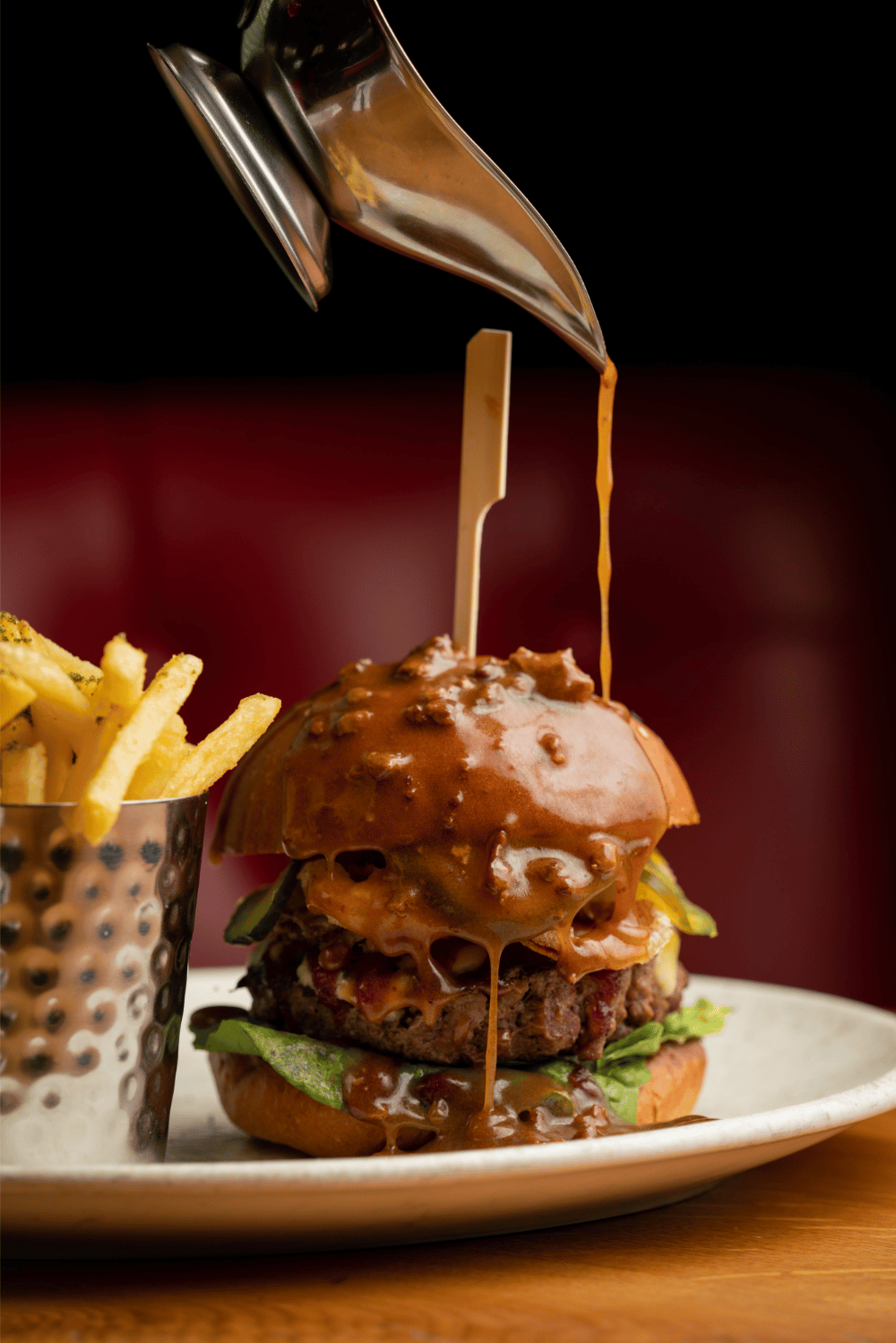
We could have kept things traditional with Turkey, but where’s the fun in that? Instead we bring to you – The Venison Burger.
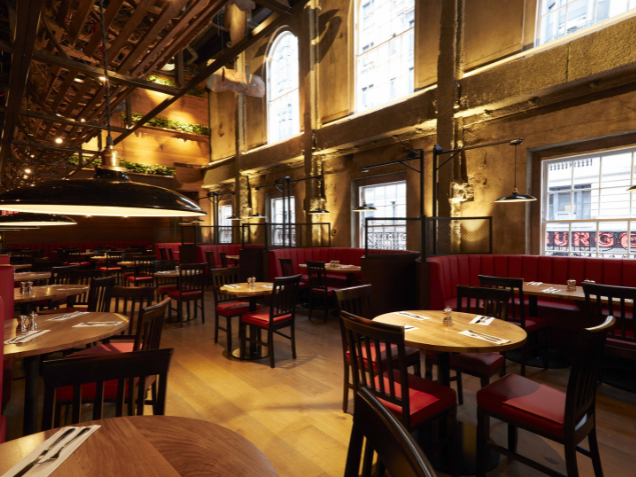
Discover the best restaurant near to Central Park, Burger & Lobster Bryant Park. Dine on burgers and lobsters, whilst washing it down with a few cocktails!
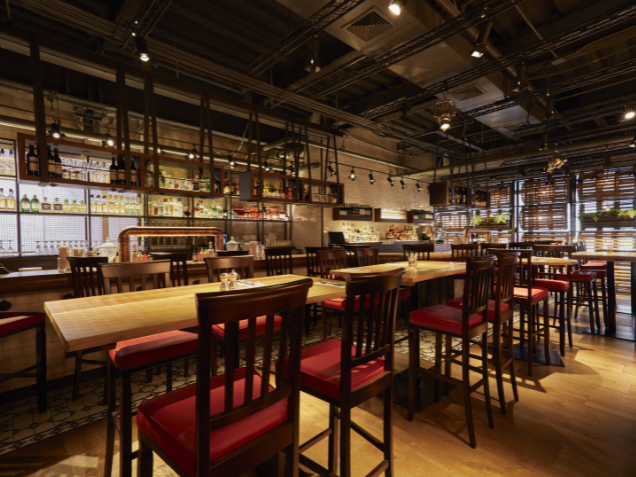
Discover the best things to do near Bryant Park, NYC. From fun indoor attractions to outdoor days out – there is something for everyone to enjoy.

Looking to stay near Canary Wharf? Browse our hotel recommendations, whilst near Canary Whard, pop into Burger & Lobster for a bite to eat.

Looking to stay near Knightsbridge? Browse our hotel recommendations, whilst near Knightsbridge, pop into Burger & Lobster for a bite to eat.

Looking to stay near Mayfair? Browse our hotel recommendations, whilst near Mayfair, pop into Burger & Lobster for a bite to eat.

Looking to stay near Leicester Square? Browse our hotel recommendations, whilst near Leicester Square, pop into Burger & Lobster for a bite to eat.

From shopping to culture, you’ll find plenty to do in and near to busy Oxford Street, especially if you’re hungry. After you’ve enjoyed Oxford Street, you’ll want to enjoy Burger & Lobster.

Looking to stay near Oxford Circus? Browse our hotel recommendations, whilst in Oxford Circus, pop into Burger & Lobster for a bite to eat.

Looking to stay near Russell Square? Browse our hotel recommendations, whilst near Russell Square, pop into Burger & Lobster for a bite to eat.

Find out more about our restaurants near The Ned in London. Our Threadneedle Street restaurant is just around the corner from the attraction.
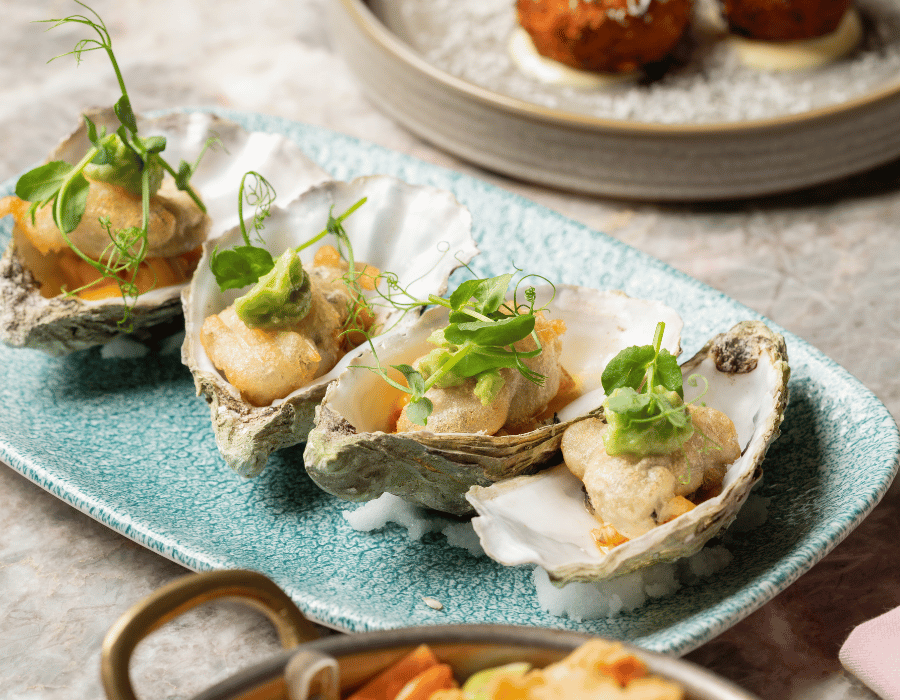
Discover the fascinating anatomy of lobsters, from their exoskeleton to claws. Learn about their vital role and their significance as a prized delicacy.
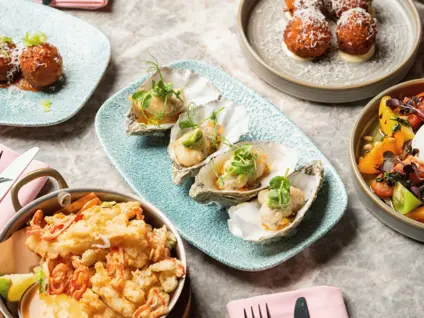
Lobster, a luxurious delicacy with sweet, tender meat, is a gourmet favorite. Whether steamed, grilled, or baked. Learn more about what to eat with lobster.

Indulge with one of our delicious oyster dishes at Burger & Lobster and discover the perfect pair with the choices of wine, beer, cocktails and champagne.

Discover the best things to do near the London Eye. From the London Dungeons to a National Theatre, there is lots of choice from in the capital city.

Looking to stay in Soho London? Browse our hotel recommendations, whilst near Soho London, pop into Burger & Lobster for a bite to eat.

Looking to stay near Charing Cross? Browse our hotel recommendations, whilst near Charing Cross, pop into Burger & Lobster for a bite to eat.

Discover the best things to do near Victoria Station. From museums to outdoor days out – then finish the day by popping to the nearest Burger & Lobster.

Discover the best things to do near St Paul’s Cathedral. From museums to outdoor days out – there is something for everyone to enjoy.

Discover the best things to do near Empire State Building. From glittering skylines to shopping days – there is something for everyone to enjoy.

St James’s Park is surrounded by cultural and historical attractions, perfect for tourists. Enjoy the Changing of the Guard and dine at nearby Burger & Lobster!

Discover the best things to do near Hyde Park. From museums to outdoor days out – there is something for everyone to enjoy.

Explore the best places to stay in London, from luxury to budget-friendly hotels. While in the city, visit one of Burger & Lobster’s nine London locations for delicious cuisine and drinks.

Looking for a hotel near Marylebone? Browse the best hotels near Marylebone, and whilst in the area, pop into Burger & Lobster for a bite to eat.

Looking to stay near Bank Station? Browse our hotel recommendations, whilst near Bank Station, pop into Burger & Lobster for a bite to eat.
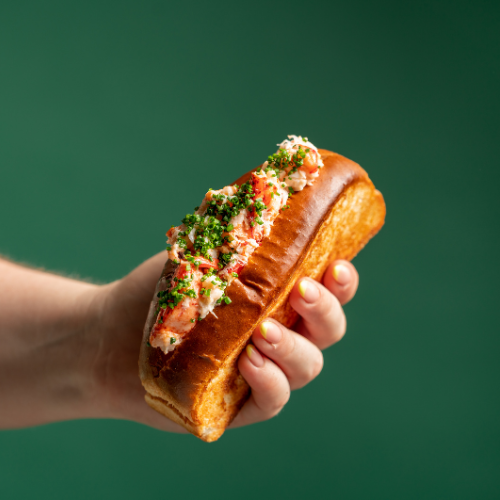
Indulge with one of our delicious lobster rolls at Burger & Lobster and discover the perfect pair with the choices of wine, beer, cocktails and champagne.
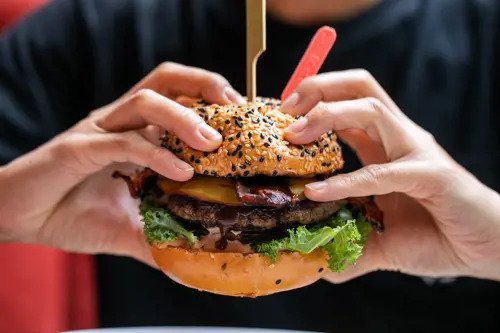
Indulge with one of our delicious burger dishes at Burger & Lobster and discover the perfect pair with the choices of wine, beer, cocktails and champagne.
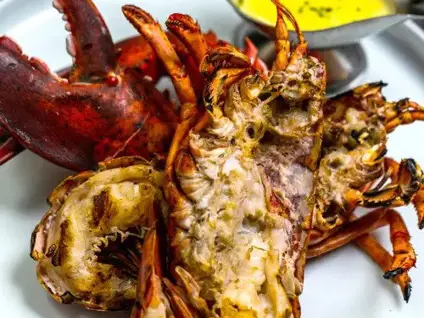
Indulge with one of our delicious lobster dishes at Burger & Lobster and discover the perfect pair with the choices of wine, beer, cocktails and champagne.

Looking to stay near Piccadilly Circus? Browse our hotel recommendations, whilst near Piccadilly Circus, pop into Burger & Lobster for a bite to eat.
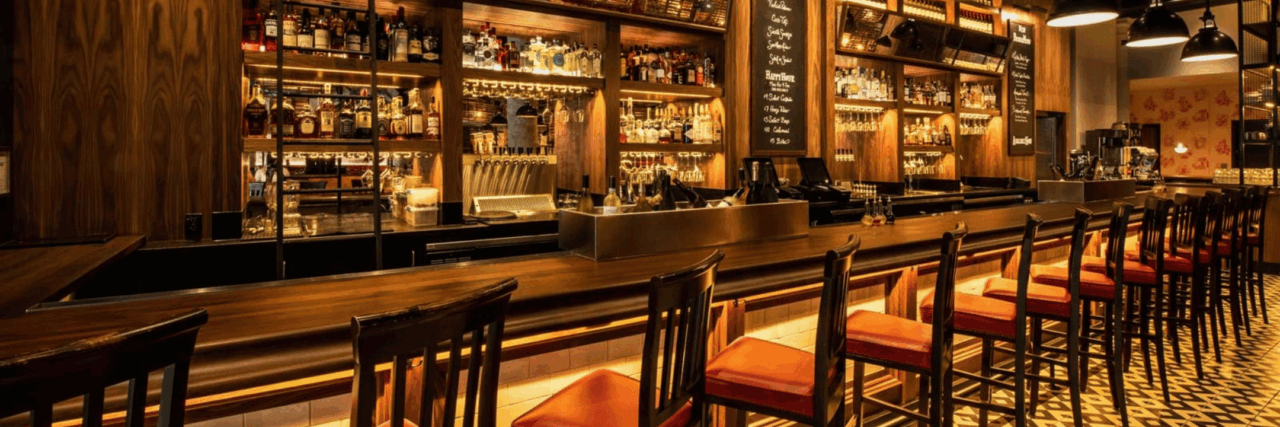
If you’re looking for things to do around the Flatiron District, look no further
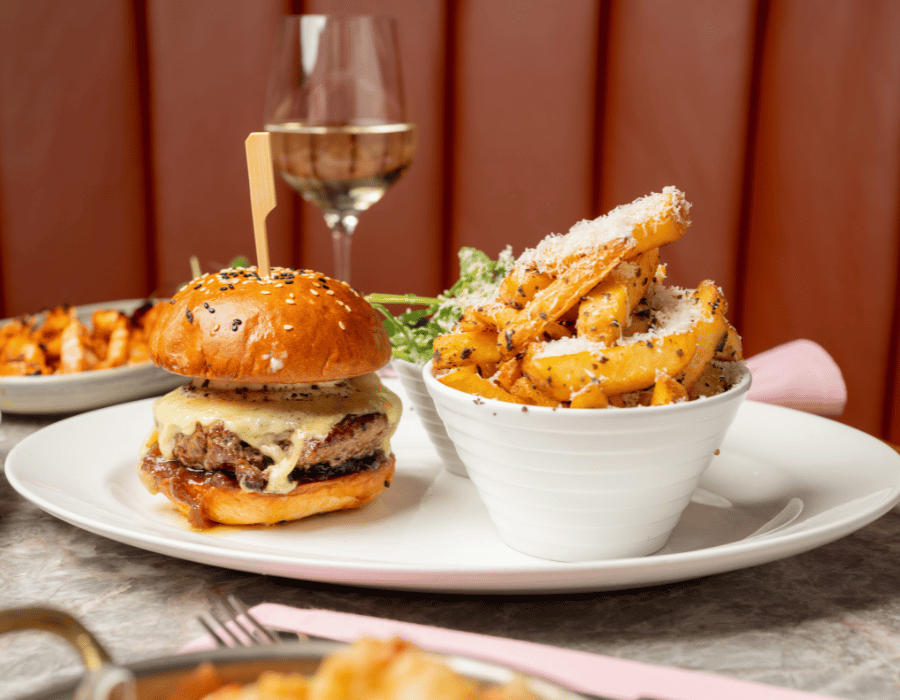
Brand new to the Burger & Lobster Spring menu, the Wagyu Burger is the perfect lunch or dinner meal to get your tongue wagging
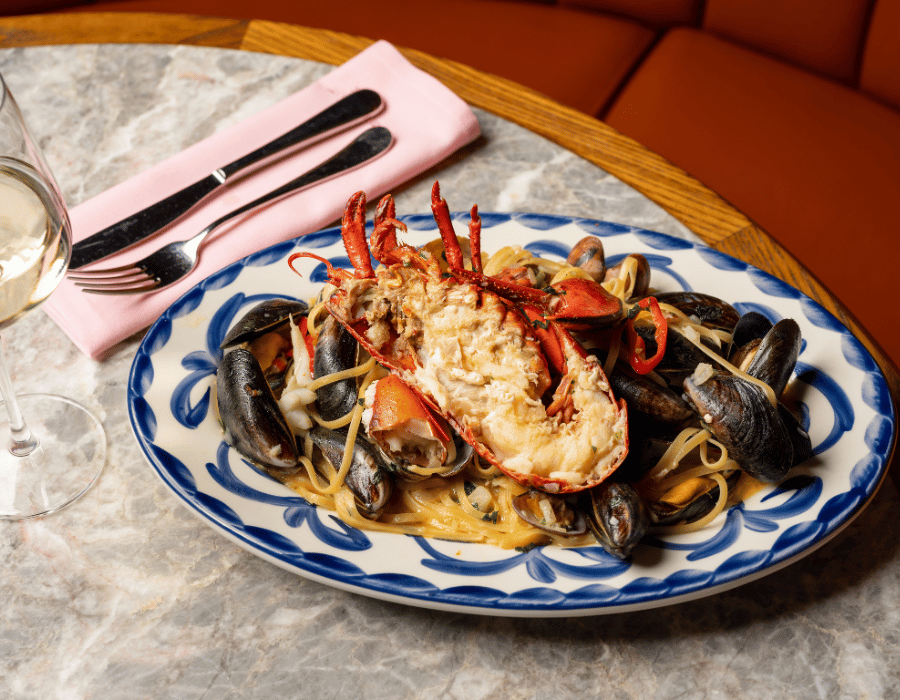
Our brand new Lobster Pasta. A succulent and tasty linguine pasta finished with a variety of fresh seafood, a bite of chilli and delicious, fresh garlic. The perfect lunch or dinner on a zesty spring day.
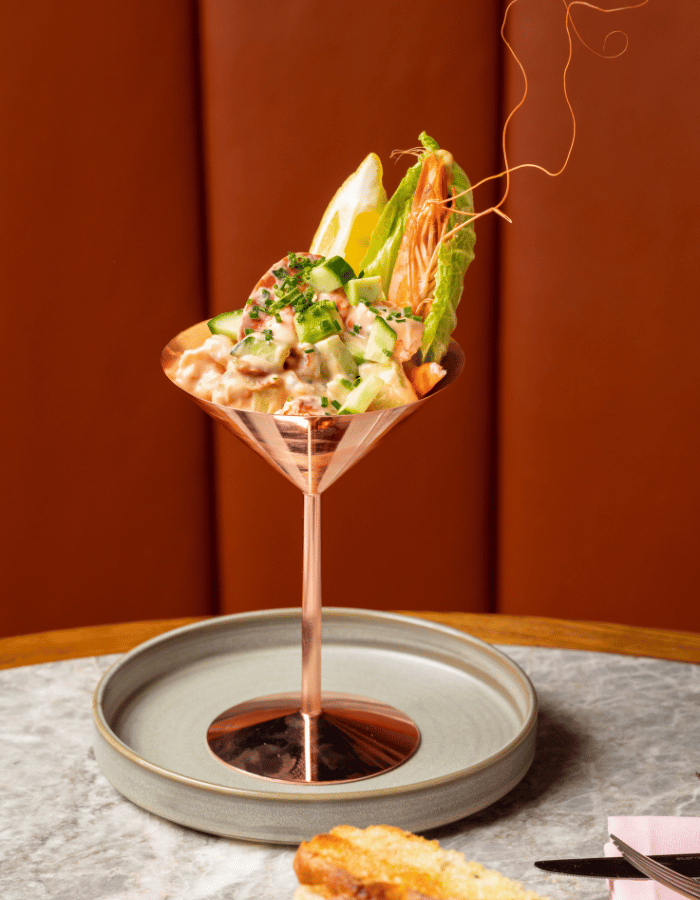
Our Spring menu includes some seriously good, fresh ingredients showcased on our brand new menu, including your new favourite starter: the Prawn and Lobster Cocktail.
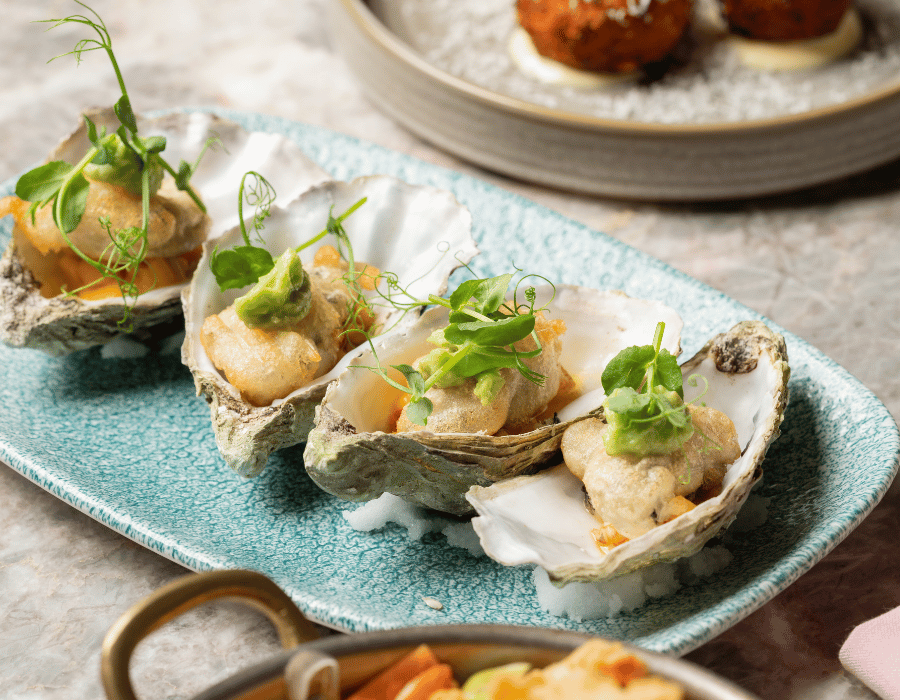
Oysters have long been a delicacy enjoyed by seafood lovers around the world, and in the United States, two distinct varieties have emerged: West Coast and East Coast. Both delicious but with some differences.
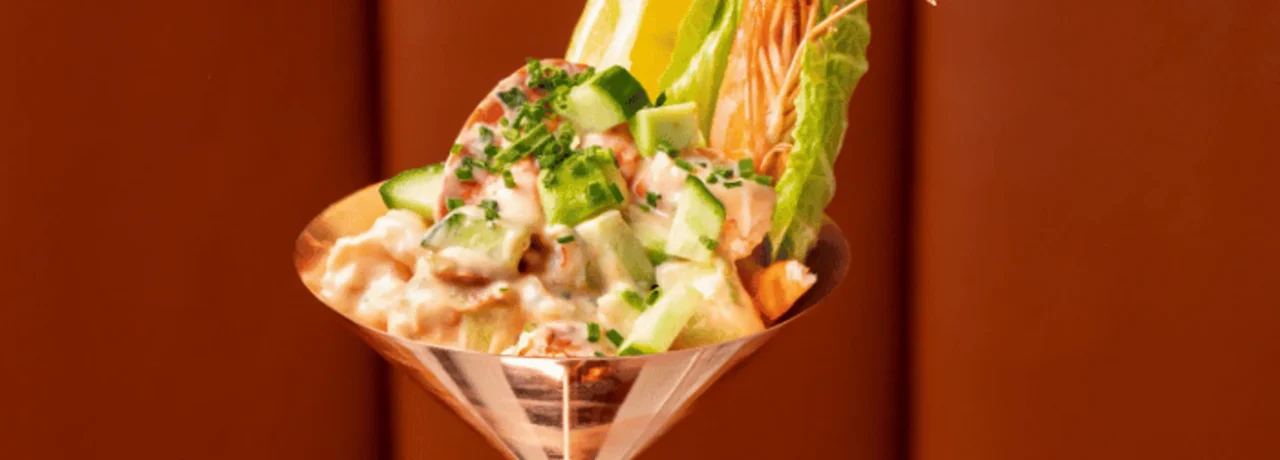
Our Spring menu includes some seriously good, fresh ingredients showcased on our brand new menu, including your new favourite starter: the Prawn and Lobster Cocktail.
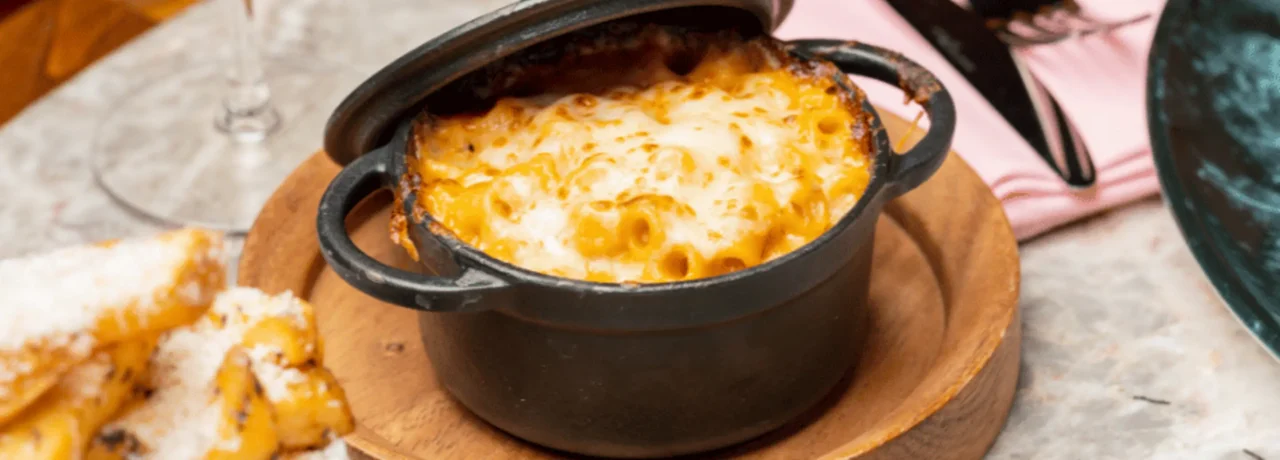
Brand new to the Burger & Lobster Spring menu, the Lobster Mac and Cheese is the perfect side this brunch, lunch or dinner time.
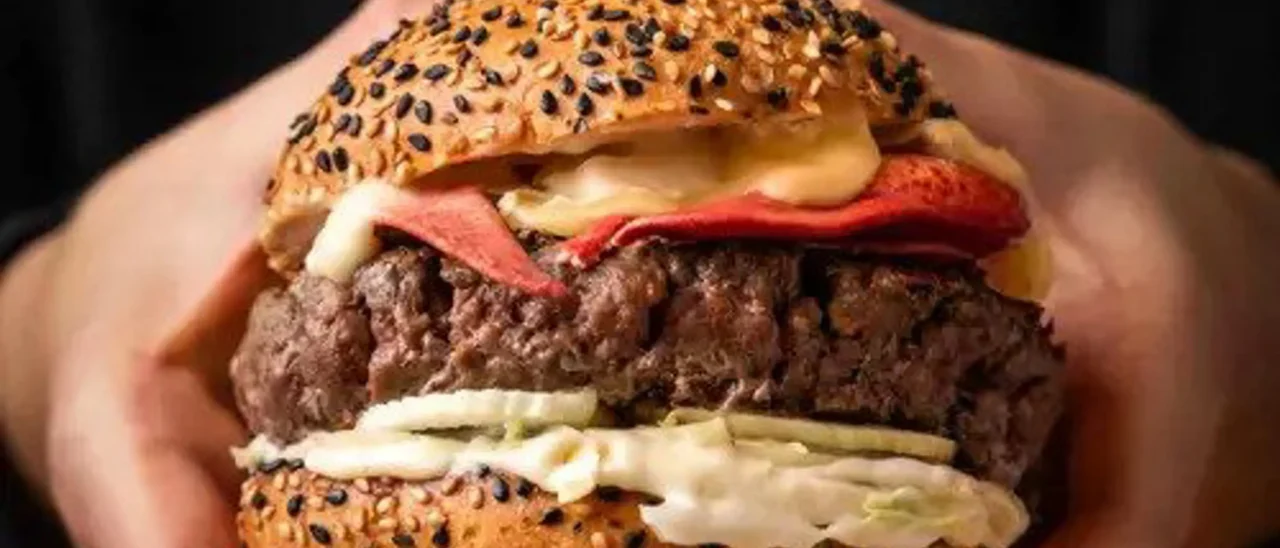
Learn all about the history of the beef burger. If you are looking for a burger restaurant, look no further than Burger & Lobster.
Indulge with one of our delicious lobster rolls at Burger & Lobster and discover the perfect pair with the choices of wine, beer, cocktails and champagne.